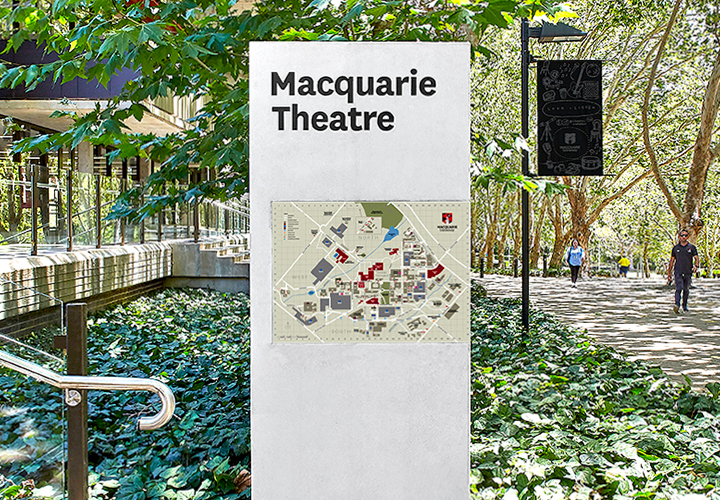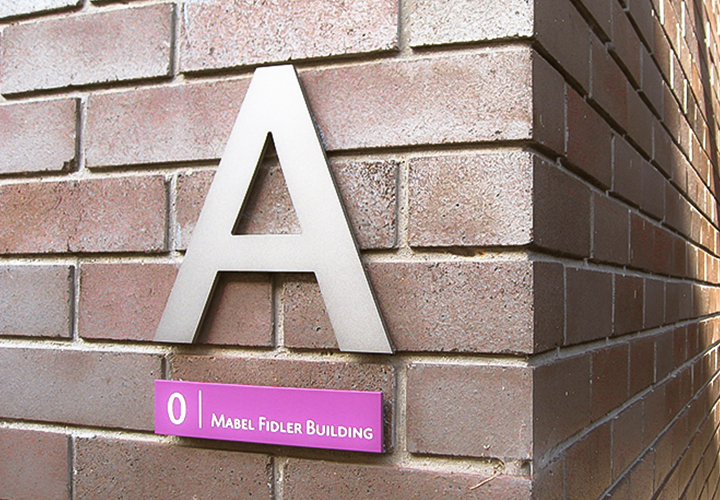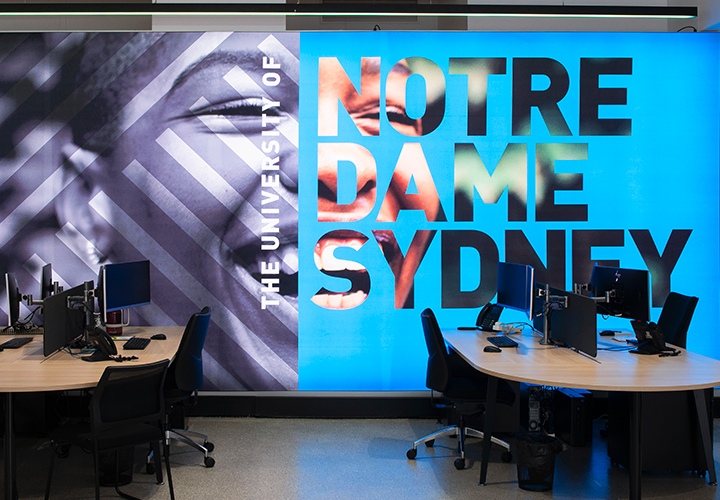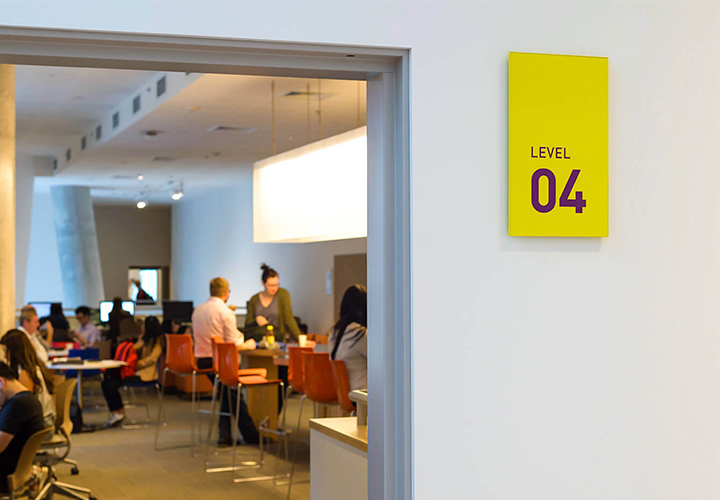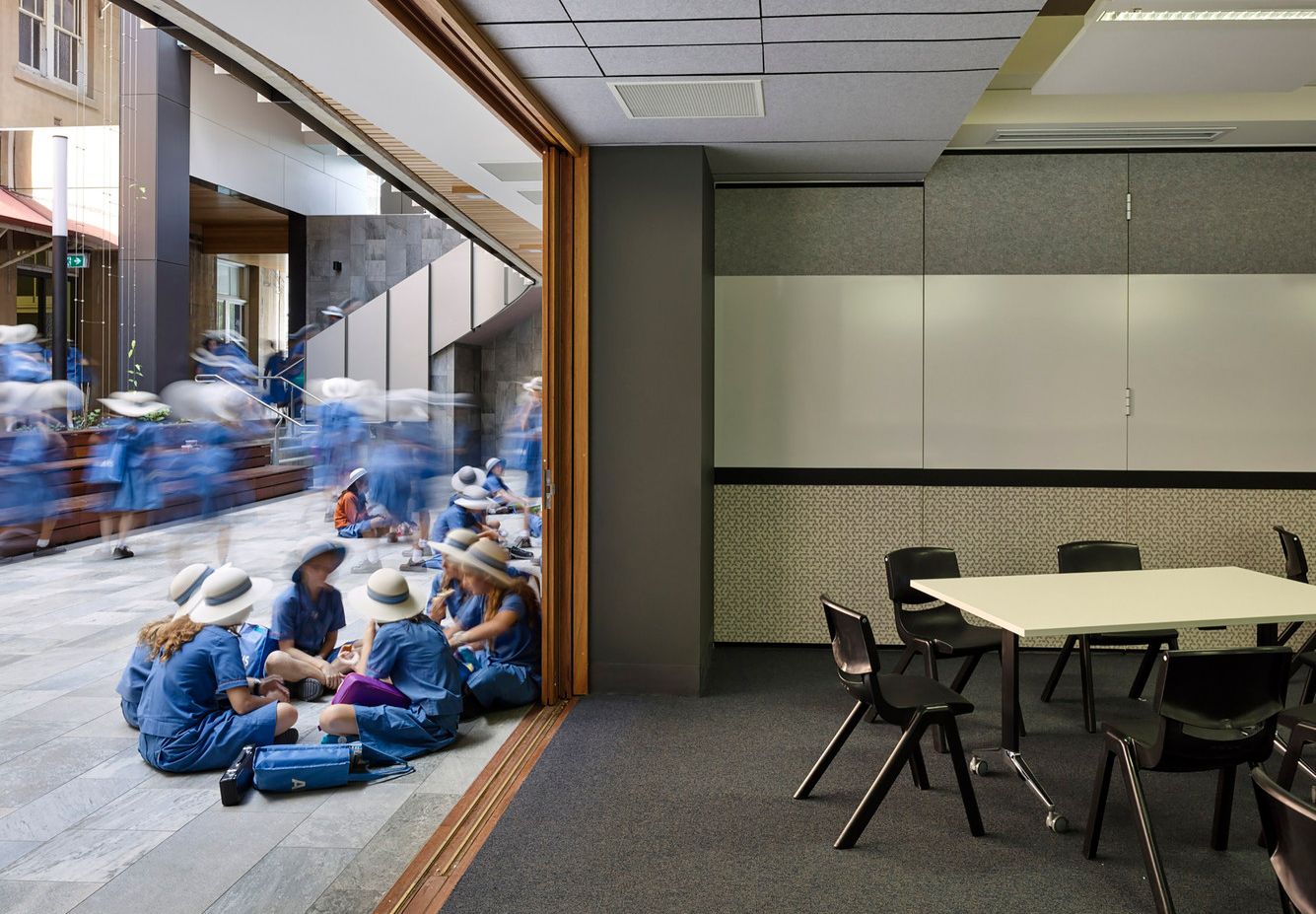The NSW government is making its largest investment in public education infrastructure in the history of NSW – an exciting opportunity to drive innovation in school wayfinding design.
In June, School Infrastructure NSW revealed its School Infrastructure NSW (SINSW) 2020 Delivery Strategy – a $6.7 billion investment to deliver more than 190 new and upgraded schools.
This means it the perfect time to reimagine schools for the future. The NSW Government’s historic investment is a chance to build schools that are resilient, flexible, accessible and, most importantly, support students to learn the skills they’ll need in future.
Architects are moving away from single-use classrooms to design interconnected, inter-disciplinary spaces. Many of our clients are combining purposeful rooms with highly adaptive spaces that can flex at a moment’s notice. The design of schools is changing as teachers move from passive, classroom-based lessons towards team- or project-based teaching and self-directed learning. Technology is also changing the design of schools: students need more interactive, tech-immersive learning spaces to master skills of the future.
Educators and designers are now seeing the built environment as a pedagogical tool in itself. But Dr Benjamin Cleveland, senior lecturer at the University of Melbourne’s Faculty of Architecture, Building and Planning, believes the main challenge for school leaders is changing staff behaviour, and encouraging them to use spaces differently.
This is where wayfinding strategy comes into play.
Designing schools of the future: the role of wayfinding
If we start to reimagine how schools work, then wayfinding has an important role to play in rethinking circulation paths, redirecting staff and students when spaces are reconfigured to new uses, and supporting highly adaptive, collaborative spaces.
Experiential graphics can also be used to encourage staff and students to engage with environments in different ways. We often give different hubs or levels their own theme, colour or story – a playful way of engaging students, activating learning and creating a shared sense of identity. When environments tell a story, this creates a sense of ownership over spaces – staff and students will be more inclined to embrace change and innovate within them.
Things to consider when designing wayfinding for schools
Funding is a challenge for schools and governments, so it’s important to design resilient schools that are also easy to maintain over time. Choose durable, affordable, sustainable materials that are designed with safety and longevity in mind.
Wayfinding designers also have an important role to play in designing more accessible schools. It’s important to highlight accessible routes and design for diversity.
BrandCulture works with ANU, Macquarie University, Notre Dame Australia, WSU and UTS, so we have a long track-record in helping students navigate complexity. Many of the same principles apply to schools: the best wayfinding systems encourage discovery, support teachers to deliver different styles of learning, embrace diversity and optimise safety by managing the flow of students around campus – this is especially important in the COVID era.
More than 650,000 students will flood into Australian classrooms over the next decade, which means up to 750 schools will need to be built. This makes it the perfect time to investigate how wayfinding can support and contribute to new learning models.
To achieve beautiful and resilient signage & wayfinding for any school – call to collaborate and let’s do something amazing together! (02) 8252 7522 or [email protected]
Pictured above: Mary Place, All Hallows’ School, Brisbane (Wilson Architects). Pictured below clockwise from top left: BrandCulture’s wayfinding designs for Macquarie University, Ravenswood School for Girls, UTS and Notre Dame University Australia.
